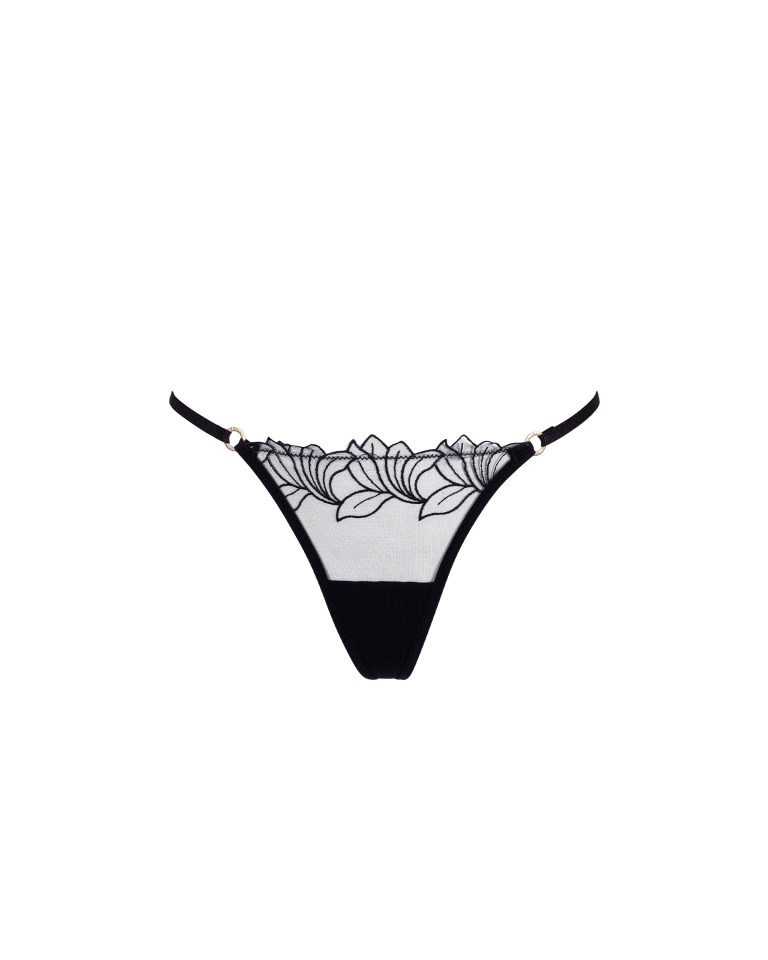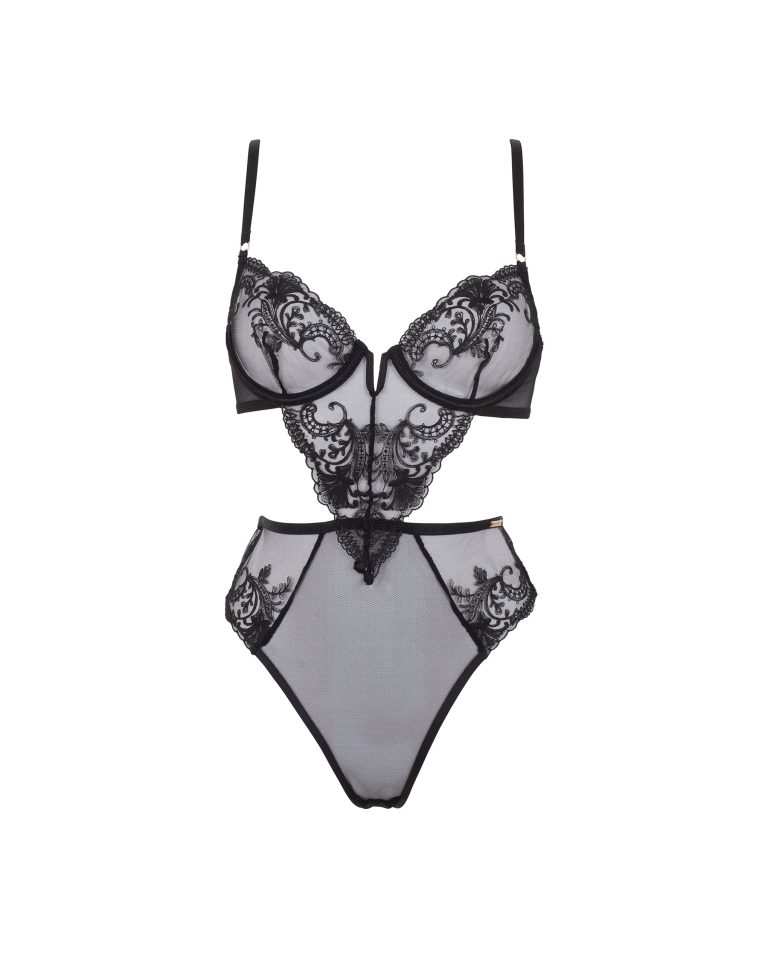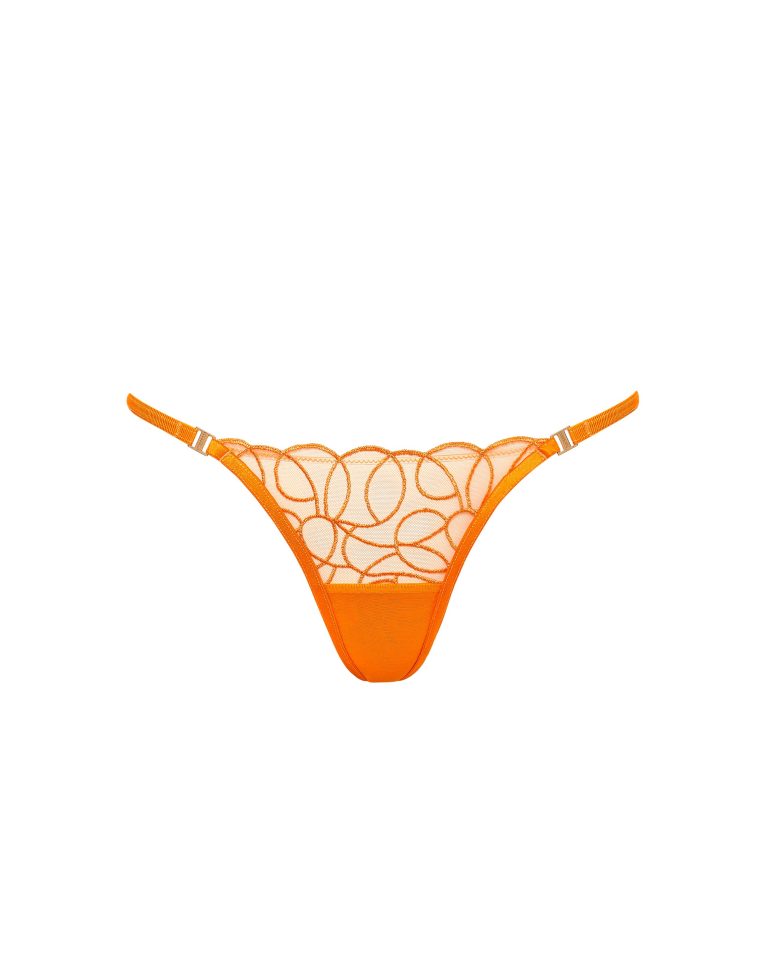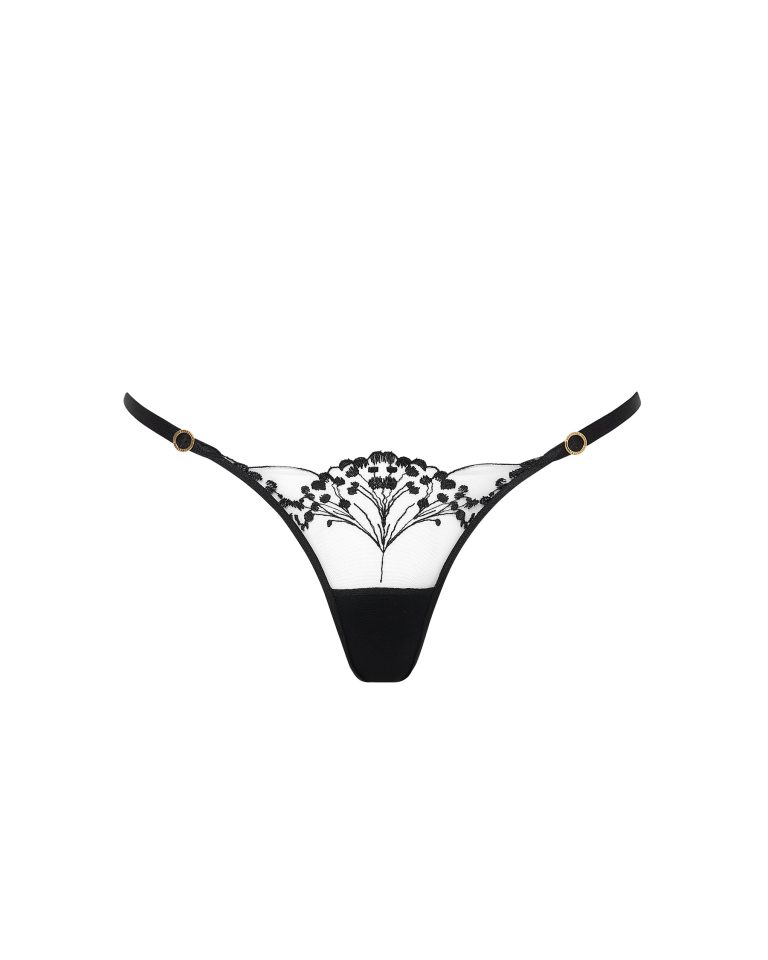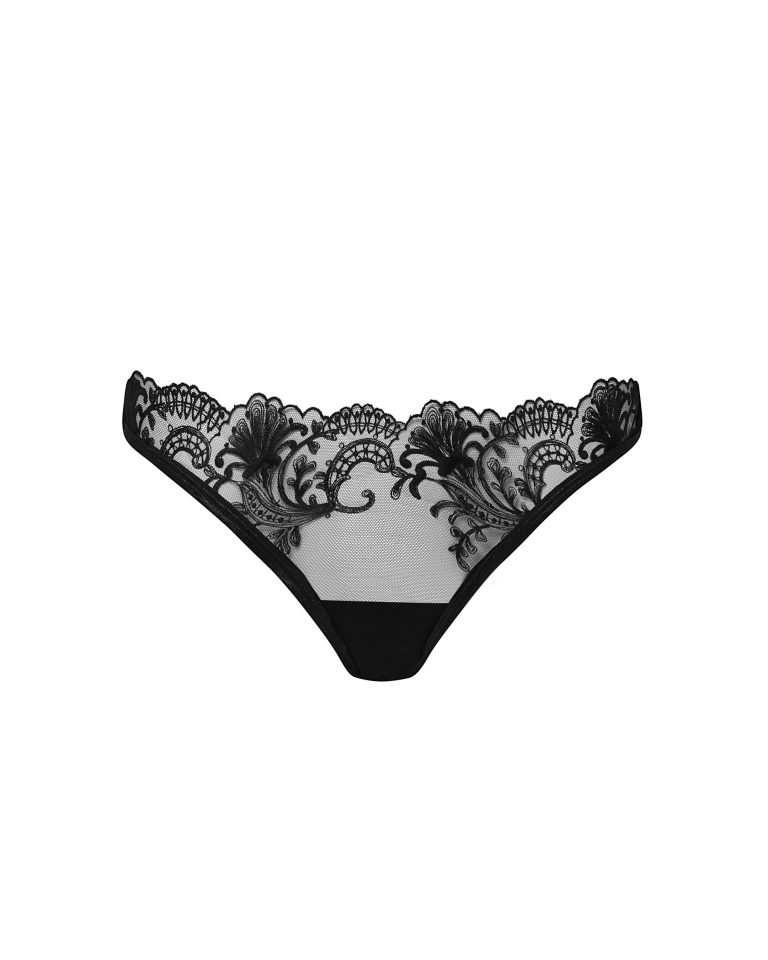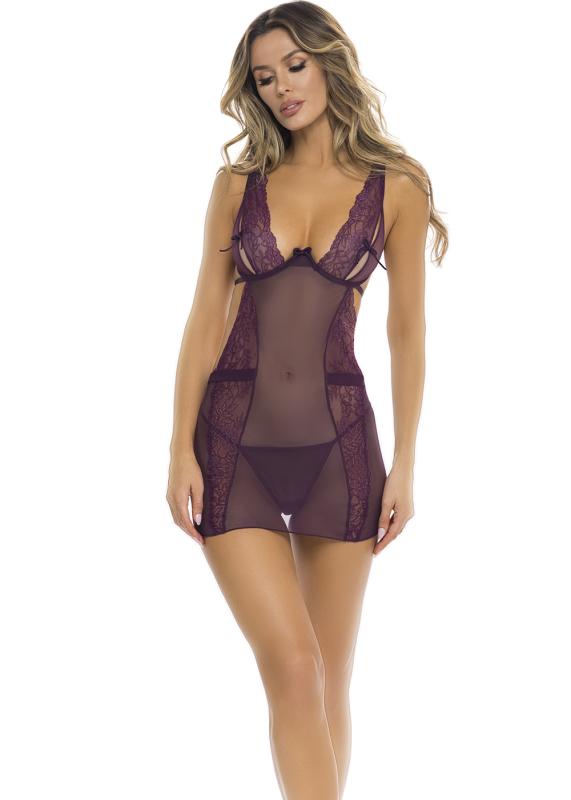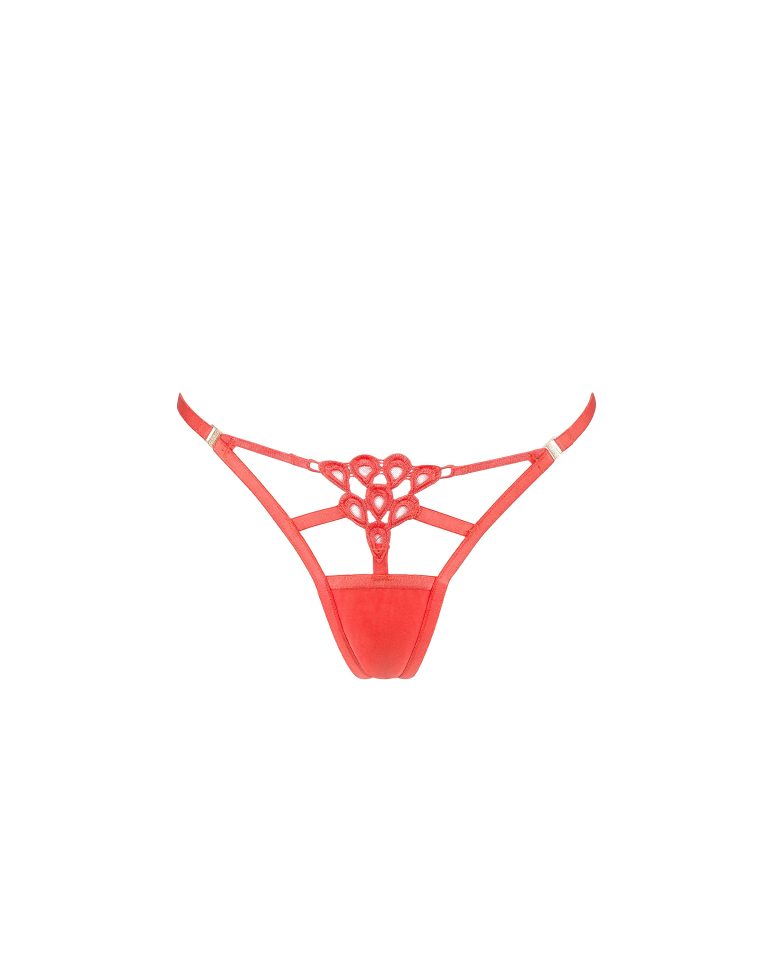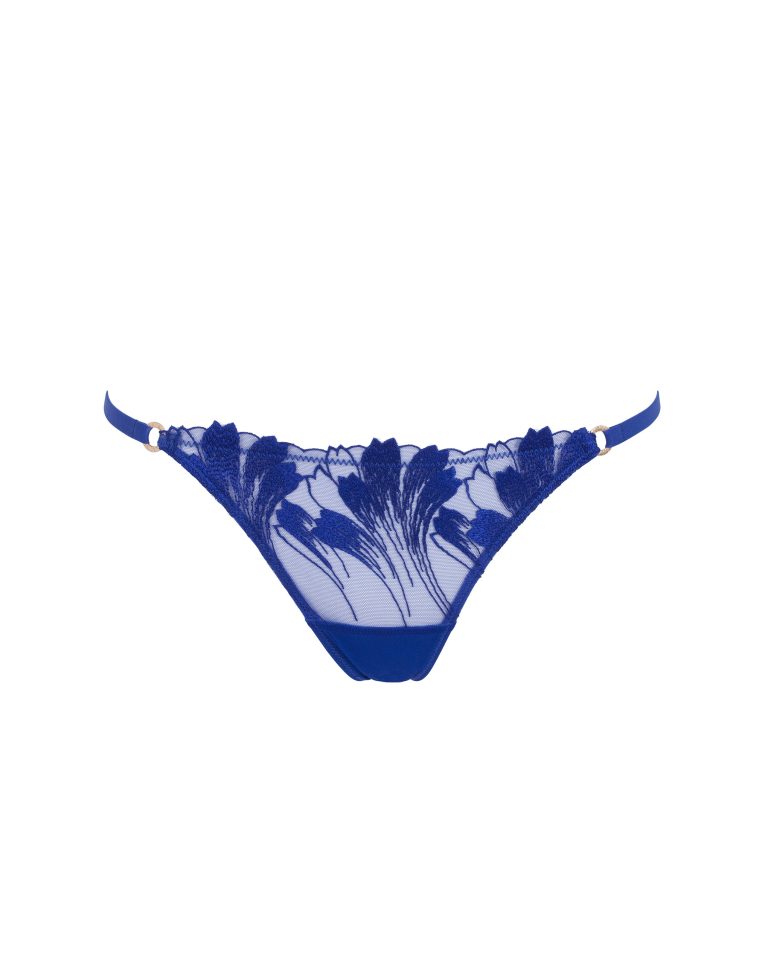Picture this: you’re strolling through a vintage clothing store, admiring the array of elegant undergarments on display. Suddenly, you find yourself faced with a perplexing decision: should you go for the corset or the bustier? But fear not, dear friend, because in this article, we will unravel the mystery for you. We will explore the subtle yet distinct differences between a corset and a bustier, empowering you with the knowledge to confidently choose the perfect piece for your desired style and occasion. So, let’s embark on this sartorial adventure together and demystify the realm of corsets and bustiers!
Table of Contents
ToggleMaterials
Corset Materials:
Corsets are traditionally made from a variety of materials, including satin, silk, cotton, or leather. These materials are chosen for their ability to provide structure and support, as well as their aesthetic appeal. Some corsets may also incorporate steel boning or busks, which further enhance the shaping and durability of the garment.
Bustier Materials:
Bustiers, on the other hand, are typically made from lightweight and flexible materials such as lace, mesh, or stretch satin. These materials allow for more movement and comfort compared to the stiffer materials often used in corsets. Bustiers may also feature additional embellishments, such as embroidery or beading, to enhance their feminine and sensual appeal.
Structure
Corset Structure:
Corsets are designed to provide maximum shaping and support for the torso. They typically feature a stiffened, boned structure that extends from the bust to the waist or hips, depending on the desired style. The boning is strategically placed to cinch the waist and create an hourglass figure. Corsets often have lacing or ribbon details at the back or front, allowing for adjustable tightening and loosening.
Bustier Structure:
On the other hand, bustiers have a more relaxed and flexible structure compared to corsets. They typically focus on enhancing the appearance of the bust and creating a flattering silhouette. Bustiers often have underwire or padded cups to provide lift and support for the breasts. They may also feature boning or shaping panels at the sides and back to create gentle shaping and a smoother waistline.
Purpose
Corset Purpose:
Corsets have a long history of being used for waist training, body modification, and creating an exaggerated hourglass shape. They are often worn as undergarments to enhance the curves of the body and provide additional support for the back and posture. Some people also wear corsets as a fashion statement or as part of costumes, particularly in historical or alternative fashion scenes.
Bustier Purpose:
Bustiers, on the other hand, are primarily worn for aesthetic purposes. They are designed to enhance the appearance of the bust and create a flattering silhouette, particularly when worn as lingerie or as a standalone top. Bustiers provide support and lift to the breasts, making them a popular choice for enhancing cleavage. While they can be worn as undergarments, bustiers are often seen as more of a fashion item than a functional garment.
Support
Corset Support:
Corsets are known for their excellent support and shaping capabilities. The boning and stiff structure of a corset provide strong support to the torso, back, and waist, making them ideal for waist training or improving posture. Corsets evenly distribute weight across the torso and help relieve pressure on the lower back, making them a preferred choice for those with back pain or who desire additional support.
Bustier Support:
While bustiers do offer some level of support, they are generally not as supportive as corsets. The primary focus of a bustier is to lift and enhance the appearance of the bust rather than provide full-body support. Bustiers usually feature underwire cups or padding to lift and shape the breasts, but they may not offer the same degree of support as a well-structured bra or corset.
Closures
Corset Closures:
Corsets are typically fastened using lacing or ribbon details at the back. This allows for adjustable tightness and allows the wearer to cinch in their waist as desired. Some corsets may also feature busks, which are a pair of metal closures at the front of the corset. Busks make it easier to put on and take off the corset, as well as provide additional support and compression to the torso.
Bustier Closures:
Bustiers often have a combination of closures, depending on the design and purpose. Common closures include hooks and eyes, zippers, or a combination of both. These closures are usually located at the back of the bustier, allowing for easy on and off. The closures on a bustier are typically more convenient and user-friendly compared to the complex lacing system of a corset.
Coverage
Corset Coverage:
Corsets provide significant coverage, usually extending from the bust down to the waist or hips. The boning and structured nature of a corset ensure that it covers a large portion of the torso, creating a smooth and streamlined effect. This coverage makes corsets suitable for wearing as standalone tops or as layered undergarments.
Bustier Coverage:
Bustiers, on the other hand, offer less coverage compared to corsets. The main focus of a bustier is on enhancing the appearance of the bust and creating a flattering shape, rather than providing full torso coverage. Bustiers typically end just below the bust or at the waist, leaving the midriff exposed. This style of coverage makes bustiers well-suited for pairing with high-waisted skirts or pants.
Origin
Corset Origin:
Corsets have a long history dating back centuries. The origins of the corset can be traced back to as early as the 16th century in Europe. Initially, corsets were designed to shape and support the torso, often creating an exaggerated hourglass figure. They were primarily worn as undergarments by women of various social classes, reflecting the fashion trends and societal expectations of the time.
Bustier Origin:
Bustiers, on the other hand, have a more recent origin compared to corsets. The term “bustier” itself originated in the early 20th century and referred to a fitted garment that accentuated the bust. Bustiers evolved from corsets, incorporating a shorter length and focusing more on enhancing the appearance of the breasts rather than cinching the waist. The design of bustiers has since evolved to cater to changing fashion trends.
Historical Use
Corset Historical Use:
Corsets have had a significant impact on fashion and society throughout history. They were worn by women of various social classes, representing beauty standards and societal expectations of the time. Corsets were often used for waist training, body modification, and achieving an idealised hourglass figure. The practice of tight-lacing, where the corset is worn tightly to create a smaller waist, was common during certain periods. However, corsets also garnered criticism for their restrictive nature and potential health risks.
Bustier Historical Use:
Bustiers, with their focus on enhancing the bust, have also played a role in historical fashion. In the early 20th century, bustiers were commonly worn as part of lingerie sets or as standalone tops, often paired with high-waisted bottoms. As fashion evolved, bustiers became more mainstream and were integrated into various styles, from pin-up and burlesque to modern-day red carpet looks. Bustiers have always been associated with femininity, sensuality, and confidence.
Fashion and Style
Corset Fashion and Style:
Corsets have remained a prominent fashion statement throughout history. From the Victorian era with elaborate boning and lace details to modern interpretations seen on runways and in alternative fashion scenes, corsets continue to captivate fashion enthusiasts. Corsets can be incorporated into various styles, ranging from gothic and steampunk to bridal and formalwear. They can be layered over clothing or worn as standalone tops, allowing for endless versatility in creating unique and striking outfits.
Bustier Fashion and Style:
Bustiers have also made a significant impact on the world of fashion. Often associated with lingerie, bustiers have evolved beyond the bedroom and have become a staple in evening wear and red carpet fashion. They are frequently seen paired with high-waisted skirts, pants, or even tailored suits, creating a modern and sophisticated look. Bustiers can be found in a wide range of styles, from classic black lace to bold colours and patterns, catering to different fashion preferences and occasions.
Modern Variations
Corset Modern Variations:
In modern times, corsets have seen various interpretations and adaptations. Contemporary corsets often blend traditional elements with modern aesthetics, resulting in more comfortable and wearable designs. Corsets made from stretch fabrics provide ease of movement and comfort while still offering shaping and support. Some corsets also incorporate innovative materials and technologies, such as breathable fabrics or adjustable closures, to enhance the overall wearing experience.
Bustier Modern Variations:
Similarly, modern bustiers have evolved to offer more comfort and versatility. While traditional bustiers were primarily worn as lingerie, modern variations have embraced a more mainstream appeal. Designers have experimented with different fabrics, cuts, and embellishments to create bustiers that can be worn as standalone tops or layered under blazers, jackets, or even oversized shirts. Additionally, bustiers now come in a wide array of sizes, catering to a diverse range of body types and ensuring a perfect fit for everyone.
Overall, while corsets and bustiers share similarities in their aims of accentuating the figure and enhancing the bust, there are distinct differences in terms of materials, structure, purpose, support, closures, coverage, origin, historical use, fashion, and modern variations. Whether you prefer the classical elegance of a corset or the sensual allure of a bustier, these garments continue to captivate and inspire fashion enthusiasts, offering endless possibilities for self-expression and confidence.

